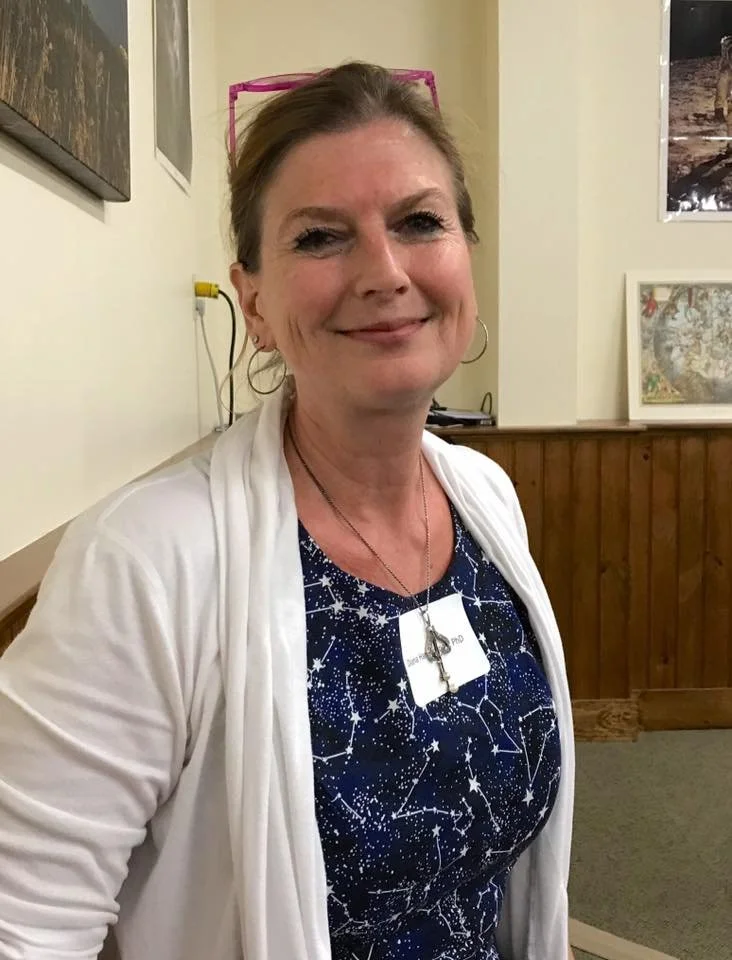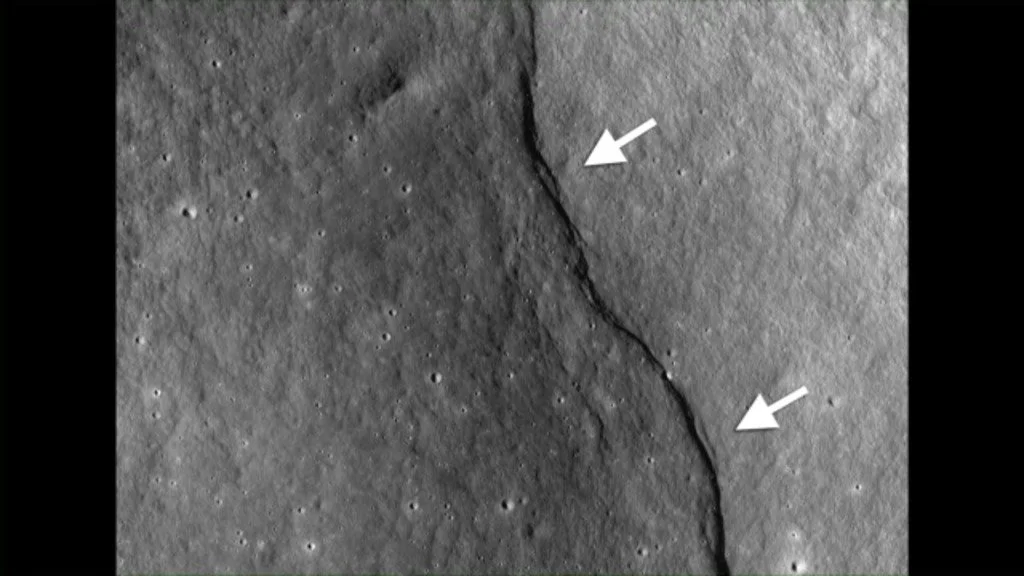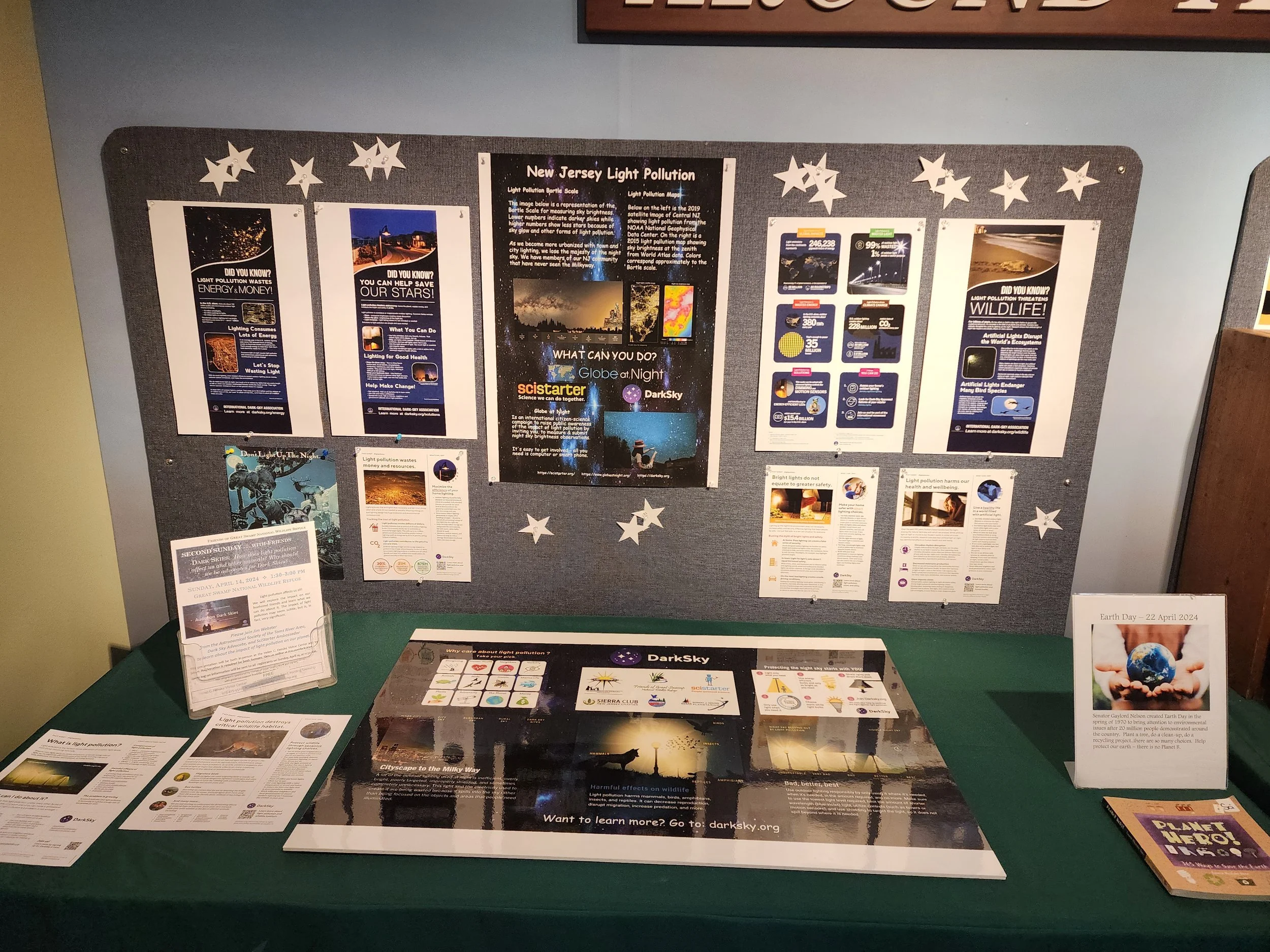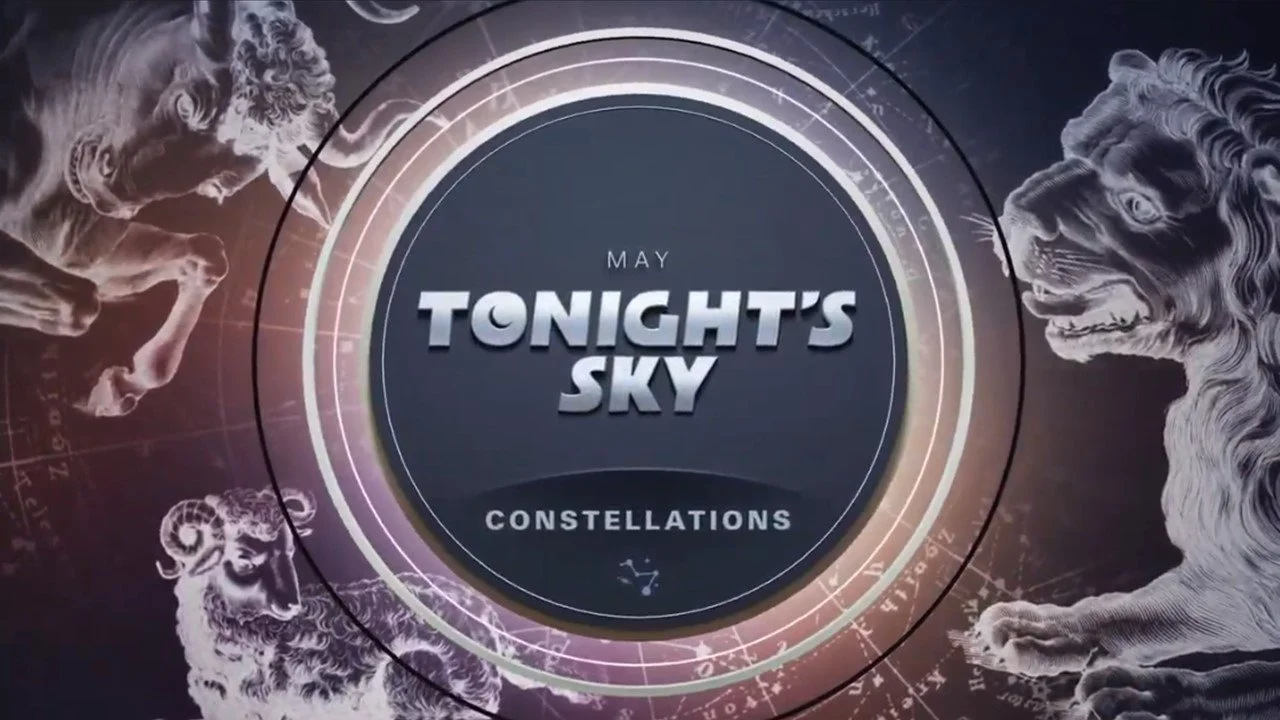Astral Projections Online May 2024
Check our Website for updated content at www.astra-nj.com
Club Presentations Wanted:
Does anyone have any astronomy items of interest to share with the membership?
Please let us know at Club Contacts.
Club dues and membership. If you renew after March 31 you will be renewed as a new member.
ASTRAL PROJECTIONS ONLINE (APO for short) is an email-linked publication for members only. If you exit APO to the club website or other resources you will need to use the emailed link again to get back to it. If you wish to retain a copy please bookmark or refer back to the email. We will make all efforts to post by the first week of the month.
Submissions Welcome: Members are invited to submit articles, photos, news, or stories for inclusion with Astral Projections Online. Please contact the ASTRA Webmaster.
Event Calendar
EVENT Cancellations: Members will receive email notifications of an event cancellation.
Upcoming May ASTRA Meeting
ASTRA's next meeting will be Friday, May 10, 2024, at 7 PM EST. This will be an in-person meeting at Novins Planetarium - Building 13. … Our May meeting will be a remote guest speaker event.
Upcoming Star Parties
Cloverdale Farm - May 11 - 9 PM to 11 PM
Jakes Branch - May 18 - 9 PM to 11 PM
Patriot Park - June 1 - 9 PM to 11 PM
Jakes Branch - June 8 - 9 PM to 11 PM
Seaside Park Environmental Committee Area #2 - June 15 - 9 PM to 11 PM
Upcoming Public, County & State Park Presentations 2024
Public Outreach Presentations, if any member wishes to support ASTRA outreach efforts with the public, please let Vinny, Ro, or Jim know of any interest. Additional help for these events is always appreciated.
County and State Park presentations require a registration fee, call the hosting park to reserve.
Cloverdale Farm - May 11 - 7 PM - Beginner Astronomy: The Moon, Our Nearest Neighbor, followed by Star Party.
Island Beach State Park - May 18 - 11 AM to 3 PM - Ocean Fun Day - Solar if weather is clear. Free event
Website Updates …
Please visit our club website. We continue to have additional updates, if some content would be useful to members please let us know.
“When I first looked back at the Earth, standing on the Moon, I cried.”
-Alan Shepard
May ASTRA Meeting - May 10
ASTRA May meeting, Diana Hannikaninen will be our virtual guest speaker from Sky and Telescope.
The topic will be the "History and Development of Radio Astronomy"
Event Reports
Star Parties
April Star Party
Our April 2024 star party was on April 13. Member and guest turnout was good with clear slies. We also had a scout Tiger pack as well. The scouts were well-behaved and very interested in our telescopes and what we shared with them.






April ASTRA Meeting Summary
April ASTRA meeting was an open summary of everyone’s Solar Eclipse experiences. It included members who stayed local and then members who decided that traveled. In some cases to multiple locations for experiencing totality that will not occur again for quite some time. The meeting had a good turnout and Elizabeth had some really good eclipse bookmakers she made.






County Park Presentations
April was a busy month for outreach. This includes the Educators Round Table, Great Swamp National Wildlife Refuge, the Green Fair, the Cattus Island Nature Festival, and the North-Eastern Astronomy Forum. The Green Fair, Cattus Island, and NEAF had good attendance. Closing out the month was a Moon presentation at the Stadford Library with thirty in attendance. At Cattus Island we had Dark Sky Advocate Steve Mariconda on hand to help out and by the end of the day has decided to join ASTRA. Hopefully, we will see him for our May 10 meeting. ASTRA VP Vinny Illuzzi has expressed an interest in DarkSky.







Members Submitted Articles & Items
Whatever it is, the way you tell your story online can make all the difference.
Classic Telescopes
3” f/15 Edmund Scientific Achromatic Refractor
By Vic Palmieri
Anyone who attended a recent ASTRA Star Party at Jake’s Branch County Park
may have seen my classic 3” f/15 Edmund Scientific achromatic refractor set up
for an evening of observing. Those who took the opportunity to observe the
Moon through this instrument may have been impressed by the quality of the
images seen in the eyepiece. Chromatic aberration is minimal and totally absent
on most objects.
I purchased this telescope new years ago. Sometime in 1973 or 1974. The first nebula I ever observed was the Ring Nebula which I observed through this refractor. My backyard skies were very dark back then. The first photo displays the refractor on a Vixen GP mount with a home-built tripod. I still have the original mount but unfortunately, this 60” hardwood tripod has been lost in time. Edmund mounts were not fancy but functional without frills.
Over the years I have made some modifications including some paint touchup. Initially, the scope was attached to the original mount by two bolts. I closed the bolt holes with plastic plugs and installed tube rings and a carry handle. This works very well with the Vixen GP mount. Additionally, I replaced the existing finder scope. The original finder was supported by two brackets which I removed. Fortunately, the bolt-hole spacing for attaching the existing brackets to the telescope tube matched precisely the hole spacing of the new dovetail shoe so no drilling was required.
Nuts and bolts were inserted into unused holes with all internal hardware painted flat black. The shoe mounting permits a variety of finder scopes and other accessories to be attached to the telescope. Of course, I still have all the original parts!
A serious issue was the original focuser. It was not perfectly collimated and there was no provision for collimation. Images were still good but I knew they could be much better. About ten years ago there was a gentleman who made telescope parts in his metalworking shop. This shop was Crawford Machine. Sadly, I don’t believe he is in business anymore. He made a Crayford focuser for the mighty Edmund. It is well crafted and focusing is smooth. It can be rotated and collimated. This classic Edmund refractor now holds its own against the night sky!
NOTE: ASTRA members who have or had a classic telescope are welcome to share their instrument with other club members through photos and a story.
What constitutes a classic Telescope? That is a tough question to answer but we can offer these guidelines:
1) Telescopes from 1955 through the 1980s;
2) An instrument that is no longer in production or is an early model of an existing telescope that remains in production; and;
3) A telescope that collectors and enthusiasts seek.
Guidelines are not rigid and can be modified to accommodate submissions. These old classic telescopes lacked the current technology even found in the basic beginner’s telescopes. Without the technology, we had to learn the night sky. Using a classic telescope created a bond between us, the night sky, and the telescope, and was the source of many happy memories.
Contact: Jim Webster, ASTRA President, regarding submissions.
The Moon: Our Nearest Neighbor
Let’s explore some interesting features, facts, or myths about our nearest neighbor, the Moon. Without it, life on Earth would be totally different, if not at all.
Our Shrinking Moon and Moonquakes
The Moon is getting smaller
Although its exterior today is cold and solid, the Moon's interior is still cooling down, causing it to contract. This contraction affects the entire Moon, causing its surface area to decrease and its solid crust to wrinkle.
As NASA continues to make progress toward sending astronauts to the lunar South Pole region with its Artemis campaign, data from a NASA-funded study is helping scientists better understand this strategic part of the Moon. The study presents evidence that moonquakes and faults generated as the Moon’s interior gradually cools and shrinks are also found near and within some of the areas the agency identified as candidate landing regions for Artemis III, the first Artemis mission planned to have a crewed lunar landing.
For more visit the Planetary Society, NASA, and NASA Space News.
Moon viewing guide: What to look for on the lunar surface … space.com
Outreach material below is distributed free for public outreach.
Around The Web
How sound is providing new clues about the Universe
By Patchen Barss, BBC Features correspondent
Astronomy is often considered a visual science that produces stunning images of the cosmos. But it's possible to hear it as well.
Adirondack Sky Center
Astrophotography Conference
This four-day workshop event is at Little Wolf Pond, Tupper Lake New York. It’s a six to seven-hour drive from Toms River. The price Is very reasonable and if lodging is needed check out cabins at Curtigay Cove. It is a two-minute drive from the Sky Center.
Curtigay Cove cabin rental, speak with Jim Webster.
ASTRA Members Astro Images
We’ve had several members of our club going all out on astrophotography. Knowing that not everyone is on Slack I am taking this opportunity to share what you are missing and what they have shared. It is recommended to join the members-only Slack to view these images as they are posted along with other club-related postings and to chat with members. Starting in June, image posting in the APO will be limited, so join SLACK to see more.
Ron Bernknopf
Sam Granovsky
APO Editor Note: The third image does contain the ISS crossing the Sun.
Sharad Shroff
Earl Lautenschlager
Vinny Illuzzi
Starlink train over Mt. Mordor in New Zealand, from Lord of the Rings.
Vic Palmieri
A patriotic eclipse. This is a favorite of your APO Editor.
Dark Sky News
Dark Sky New Jersey is a joint venture of Dark Sky International Advocates and Delegates from New Jersey and the New Jersey chapter of the Sierra Club Dark Sky team. If there is an interest in helping, please let Jim Webster know.
Great Swamp
Light Pollution exhibit at Great Swamp National Wildlife Refuge. This is the second one for New Jersey with other locations asking about them. It was a nice addition to see the exhibit assembled before Jim Webster's presentation “Audubon Dark Sky” In a post-presentation email, the presentation met with positive results and they are looking to get more engaged in light pollution awareness.
The North-Eastern Astronomy Forum and Space Expo (NEAF) DarkSky booth was covered by Jim and Gloria Webster and members of DarkSky PA. DarkSky International President was also there and assisted with public outreach. This was a positive experience and we went away with 30 individuals looking for more information. Many were from New Jersey, New York, and Connecticut. Surprisingly we had inquiries from Norway and China. Two days later a New York Senate office was looking for additional information on Urban Dark Sky Certification. One of the founding members of the citizen science project “Globe At Night” was at NEAF and commented positively on how we presented the project.



Manchester Township DarkSky meeting went well and they want to go to the next step. Time will tell.
On the lighter side of astronomy …
For more go to NASA Jet Propulsion Laboratory webpage: What’s Up: Skywatching Tips From NASA
This article and images are distributed by NASA Night Sky Network
The Night Sky Network program supports astronomy clubs across the USA dedicated to astronomy outreach.
Visit nightsky.jpl.nasa.gov to find local clubs, events, and more!
Night Sky Notes: Stargazing for Beginners
By Kat Troche
Millions were able to experience the solar eclipse on April 8, 2024, inspiring folks to become amateur astronomers – hooray! Now that you’ve been ‘bitten by the bug’, and you’ve decided to join your local astronomy club, here are some stargazing tips!
The Bortle Scale
Before you can stargaze, you’ll want to find a site with dark skies. It’s helpful to learn what your Bortle scale is. But what is the Bortle scale? The Bortle scale is a numeric scale from 1-9, with 1 being darkest and 9 being extremely light polluted; that rates your night sky’s darkness. For example, New York City would be a Bortle 9, whereas Cherry Springs State Park in Pennsylvania is a Bortle 2.
The Bortle scale helps amateur astronomers and stargazers to know how much light pollution is in the sky where they observe. Credit: International Dark Sky Association
Determining the Bortle scale of your night sky will help narrow down what you can expect to see after sunset. Of course, other factors such as weather (clouds namely) will impact seeing conditions, so plan ahead. Find Bortle ratings near you here: www.lightpollutionmap.info
No Equipment? No Problem!
There’s plenty to see with your eyes alone. Get familiar with the night sky by studying star maps in books, or with a planisphere. These are great to begin identifying the overall shapes of constellations, and what is visible during various months.
A full view of the northern hemisphere night sky in mid-May. Credit: Stellarium Web.
Interactive sky maps, such as Stellarium Web, work well with mobile and desktop browsers, and are also great for learning the constellations in your hemisphere. There are also several astronomy apps on the market today that work with the GPS of your smartphone to give an accurate map of the night sky.
Keep track of Moon phases. Both the interactive sky maps and apps will also let you know when planets and our Moon are out! This is especially important because if you are trying to look for bright deep sky objects, like the Andromeda Galaxy or the Perseus Double Cluster, you want to avoid the Moon as much as possible. Moonlight in a dark sky area will be as bright as a streetlight, so plan accordingly! And if the Moon is out, check out this Skywatcher’s Guide to the Moon: bit.ly/MoonHandout
Put On That Red Light
If you’re looking at your phone, you won’t be able to see as much. Our eyes take approximately 30 minutes to get dark sky adapted, and a bright light can ruin our night vision temporarily. The easiest way to stay dark sky adapted is to avoid any bright lights from car headlights or your smartphone. To avoid this, simply use red lights, such as a red flashlight or headlamp. The reason: white light constricts the pupils of your eyes, making it hard to see in the dark, whereas red light allows your pupils to stay dilated for longer. Most smartphones come with adaptability shortcuts that allow you to make your screen red, but if you don’t have that feature, use red cellophane on your screen and flashlight.
Up next: Why binoculars can sometimes be the best starter telescope, with Night Sky Network’s upcoming mid-month article through NASA's website!
Additional comments: We have our own DarkSky New Jersey advocates now and a webpage with DarkSky light pollution information. If you haven’t check it out, I recommended it as a good resource page . We are starting to make some positive moves, but it is a long way off on any meaningful success. DarkSky New Jersey
Let’s Explore Space - What’s in the Sky May 2024
M100
Stars: 400 billion
Radius: 53,500 light years
Coordinates: RA 12h 22m 55s | Dec +15° 49′ 21″
Constellation: Coma Berenices
Magnitude: 9.3
Apparent mass: ~200 billion M☉
Absolute magnitude: -22.84
Image credit: NASA APOD
Messier 100 is a grand design intermediate spiral galaxy in the southern part of the mildly northern Coma Berenices. It is one of the brightest and largest galaxies in the Virgo Cluster and is approximately 55 million light-years from our galaxy, its diameter being 107,000 light years, and being about 60% as large. Wikipedia M100 was discovered, along with M98 and M99, by Pierre Méchain on March 15, 1781.
At mag. +9.5, M100 is within the range of 7x50 or 10x50 binoculars. However, since the galaxy appears face-on it suffers from a low surface brightness and therefore is a difficult object. It's easier to spot with larger 20x80 binoculars or small telescopes, where it appears as a faint hazy patch of light with an uneven texture. Medium-size 200mm (8-inch) scopes reveal a bright core surrounded by an envelope of shady nebulosity. With larger amateur instruments some dust structures are visible, but only on dark nights of excellent seeing. In total, M100 covers 7.5 x 6.1 arc minutes of apparent sky, although visually it appears smaller.
Tonight’s Sky: May
In May, we are looking away from the crowded, dusty plane of our own galaxy toward a region where the sky is brimming with distant galaxies. Locate Virgo to find a concentration of roughly 2,000 galaxies and search for Coma Berenices to identify many more. Keep watching for space-based views of galaxies like the Sombrero Galaxy, M87, and M64.
Visit the STScI which produces Hubblesite.org video overviews for Tonight’s Sky.
They can be found both on Facebook and stsci.edu.
Submissions Welcome
Members are invited to submit articles, photos, news, or stories for inclusion with Astral Projections Online. Please contact the ASTRA Webmaster.




























